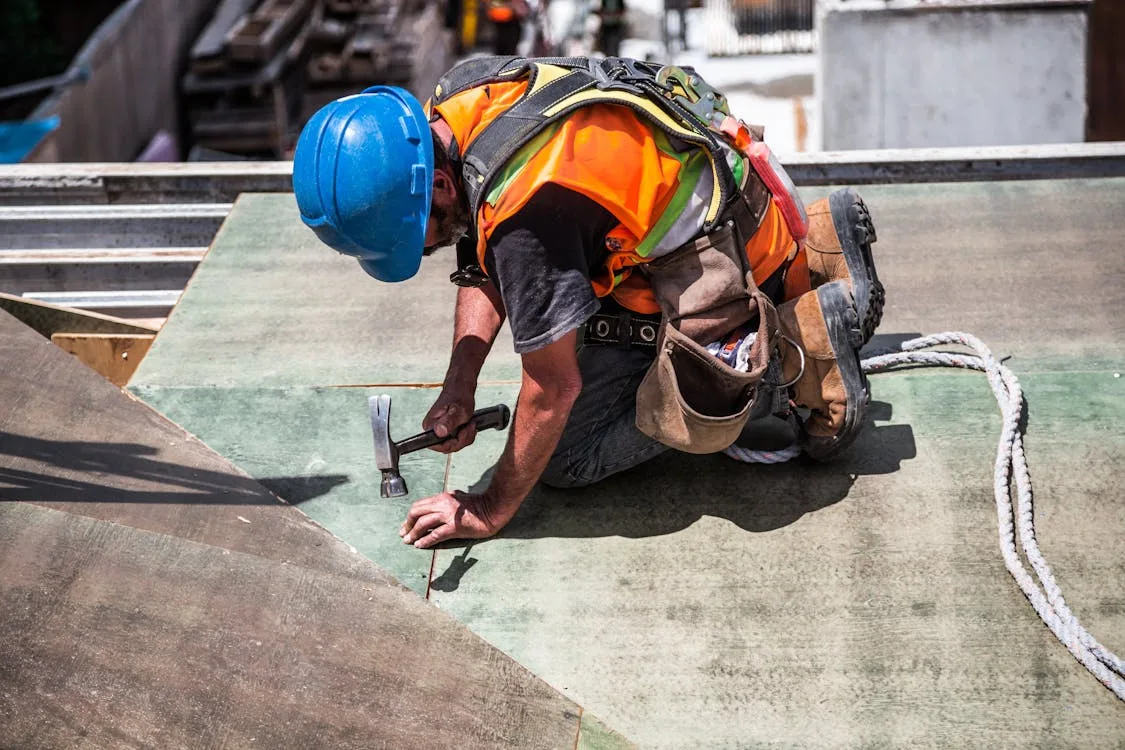5 minute read
Choosing the right roofing material for commercial buildings involves understanding various factors, including climate, building design, and budget. The roofing system not only protects your investment but also influences energy efficiency and maintenance costs. Selecting an appropriate roofing material can seem daunting, but with the right information, making the best choice becomes easier.
Understanding Different Roofing Materials
When considering roofing options, several materials stand out in the commercial sector. TPO (Thermoplastic Olefin), EPDM (Ethylene Propylene Diene Monomer), and PVC (Polyvinyl Chloride) are among the most popular choices. Each material has unique properties, advantages, and drawbacks that can affect its suitability for various climates and building types. TPO roofing is known for its energy efficiency and reflective properties, making it an excellent choice for warmer climates. EPDM is durable, versatile, and widely used in low-slope applications, providing a long lifespan when properly maintained. PVC is another popular choice, appreciated for its high resistance to water, chemicals, and fire. Each type’s characteristics must be weighed against your building’s requirements.
Get Advice From The Best
Selecting the right roofing material is not a task you need to undertake alone. Engaging an experienced contractor can provide critical insights tailored to your specific situation. A team focusing on commercial roofing installation can assess your building’s needs efficiently. You may find out which material best suits your long-term objectives, environment, and budget by utilizing contractor experience. This ensures that you make informed decisions that add value to your property. Professionals can help you navigate warranty options and maintenance requirements, preventing costly issues down the line. Their guidance can also introduce you to the latest innovations in roofing technology, enhancing durability and energy efficiency.
Assessing Budget and Lifecycle Costs
When evaluating roofing materials, budget considerations shouldn’t only focus on initial costs. Understanding lifecycle costs—covering installation, maintenance, and potential repairs—can provide a clearer picture of long-term financial implications. Some materials may have a lower upfront cost but lead to higher maintenance expenses over time. For instance, while TPO may present a higher initial price, its energy-efficient properties could yield significant savings in cooling costs. Conversely, investing in a high-quality EPDM roof may save you money long-term, thanks to its durability, which requires less frequent replacement. Weighing both initial costs and long-term expenses can guide better decision-making regarding roofing material.
Evaluating Local Climate and Environment
Local climate plays a crucial role in determining the best roofing material. Different regions face varied weather challenges, from intense heat and UV exposure to heavy rainfall and snow. These environmental factors significantly impact the longevity and effectiveness of roofing materials. For example, in areas with heavy snowfall, a material that can withstand high loads, such as metal roofing, would be appropriate. On the other hand, a reflective TPO material might be ideal in hotter climates, reducing energy costs associated with air conditioning, as it reflects sunlight and maintains cooler interior temperatures.
Maintenance Requirements
Understanding the maintenance requirements of different roofing types is essential when choosing a commercial roofing material. Some materials require regular upkeep to maintain performance and appearance. For instance, a single-ply membrane like EPDM may require occasional inspections and repairs, while a metal roof might involve periodic checks for rust or corrosion. Proper maintenance ensures that your roof performs optimally throughout its lifespan. By considering these requirements in conjunction with long-term maintenance capabilities, you can choose a roofing material that will suit your operational needs without hindering other business activities or incurring unexpected costs.
Energy Efficiency and Sustainability
Another vital factor in commercial roofing choices relates to energy efficiency and environmental impact. Many businesses today aim to reduce their carbon footprint. Roofing materials designed for enhanced energy efficiency can contribute to this goal significantly. Reflective roofing systems, such as TPO or PVC, help reduce heat absorption, leading to lower energy consumption for cooling. Additionally, environmentally friendly options like green roofs, which utilize vegetation layers, promote biodiversity and help manage stormwater. Evaluating sustainability options alongside traditional materials can align with broader business objectives regarding environmental responsibility.
Choosing a Professional Installer
Once you have determined the right material for your building, it is vital to work with a skilled and reputable contractor. Professional installers ensure that the roofing system is properly applied, maximizing its performance and lifespan. Invest time in researching potential contractors and requesting quotes, references, and past project details. Selecting the right installer can make a significant difference in the overall quality of your roof. Policy compliance, adherence to industry standards, and post-installation support are critical aspects that experienced professionals offer. Collaborating closely with qualified teams can safeguard your investment and ensure that you receive quality workmanship.
The choice of commercial roofing material should be a well-informed decision based on multiple critical considerations. With the right research, expert guidance, and a clear understanding of your building’s requirements, selecting the best roofing system becomes a more straightforward task.





